How to Get Rid of Bugs in Potting Soil: Everything You Want to Know
-
Ashley Bates
- Last updated:
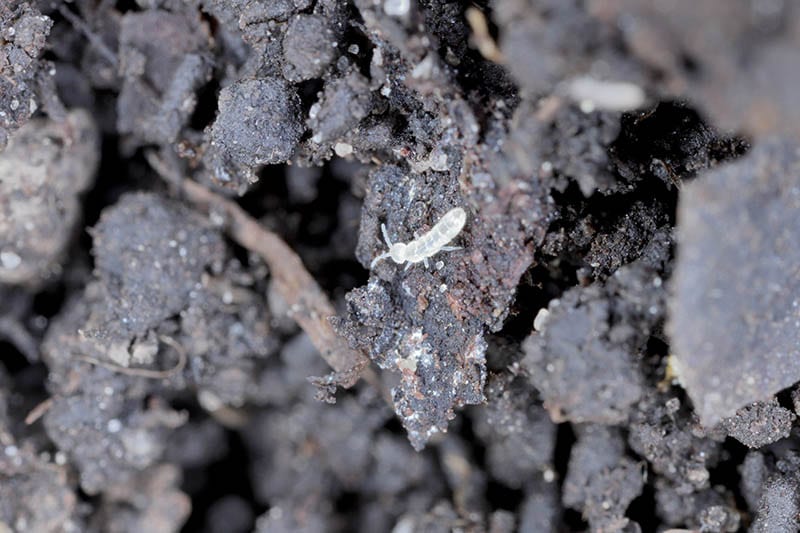
Some bugs can wreak havoc on our beautiful plants—even though others are a natural, beneficial part of growth. When you have potting soil, the last thing you want is invasive bugs to disrupt the development or livelihood of your plant life.
So, we came up with some surefire methods to get rid of bugs that might be plaguing your potting soil. After all, you will want to maintain your healthy greenery without disruption.
Types of Bugs that Invade Houseplants
Getting rid of bugs once they are down in potting soil can be pretty challenging. Even though you might see bugs buzzing around, it doesn’t necessarily mean they’ve infiltrated the soil. However, once you notice obvious signs of bugs in the pot, it can be complicated to treat naturally without repotting.
We want to discuss the most common types of pests so you can identify which is the problem. Knowing the exact perpetrator will help you treat the plant precisely for the kind of pest in question.
1. Aphids
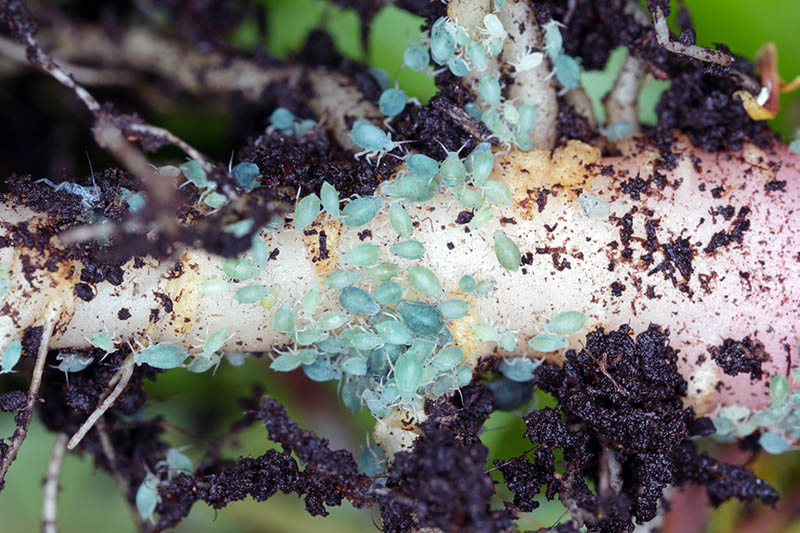
Aphids are one of the most common bugs to invade garden and porch plants. Because it’s so easy for your plants to become infested outdoors, it’s important to note that your plants are especially susceptible if they have spent any time in the sun.
Often, people get aphids when they bring in plants for the winter. Plants affected by aphids can quickly invade another houseplant.
Aphids are flying insects that are small in size and blend in very well. It might be easy to overlook them at first, but they generally make themselves known.
- Twisted, curled leaves
- Yellow leaves
- Dead shoots
- Poor growth
Aphids also love hiding under plant leaves, so check for actual visible bugs.
You can easily remove aphids by using an alcohol-soaked cotton swab. If the infestation is too bad, you can look for other measures, like insecticidal soaps.
2. Mealy Bugs
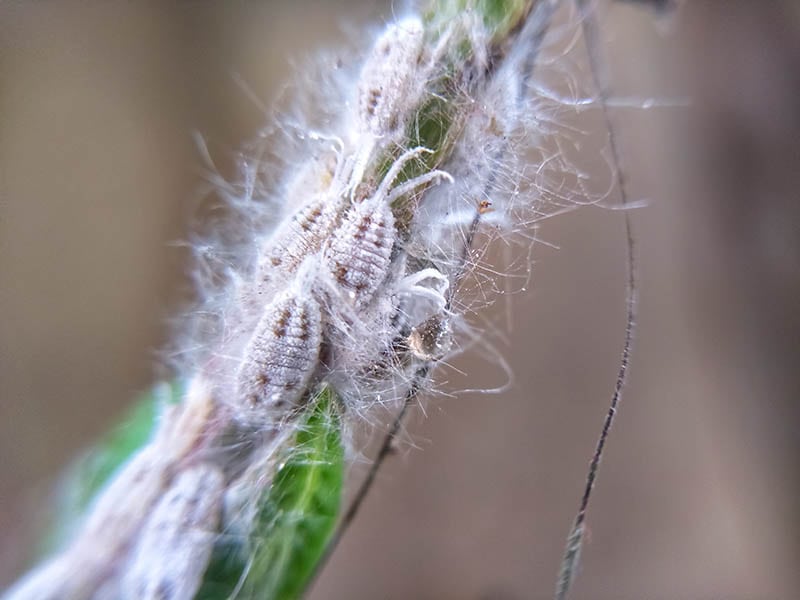
Mealybugs are tiny insects that latch onto your plants and suck the sap. They can quickly cause dieback and, eventually, death among indoor plants if they are not taken care of properly. On top of eating your plants, they also can carry several plant diseases that can devastate your houseplants.
Mealybugs can really hit the lot, causing weakness and eventual death. After they suck the plant’s sap, they excrete what is called “honeydew.” This waxy substance eventually grows mold, becoming detectable.
- Cottony egg clumps on plant
- Sticky honeydew
- Sooty mold-like substance on honeydew
- Ants (attracted by the honeydew)
- Premature leaf drop
For mealy bugs specifically, here is a quick method to get rid of them (permitting they haven’t fully taken over.)
- Dip cotton balls into rubbing alcohol
- Clean all visible mealybugs off the stalk and leaves
- Mix: 1 cup rubbing alcohol, 3 drops Dawn dish soap, 1 quart of water
- Place contents into a cleaned spray bottle
- Spray the entire plant and base twice a week
This can take care of light to moderate cases of mealybugs. If a mealybug infestation is too bad, you might have to discard the affected plant and get a new one. These are the harsh realities of your plant getting sick.
3. Fungus Gnats
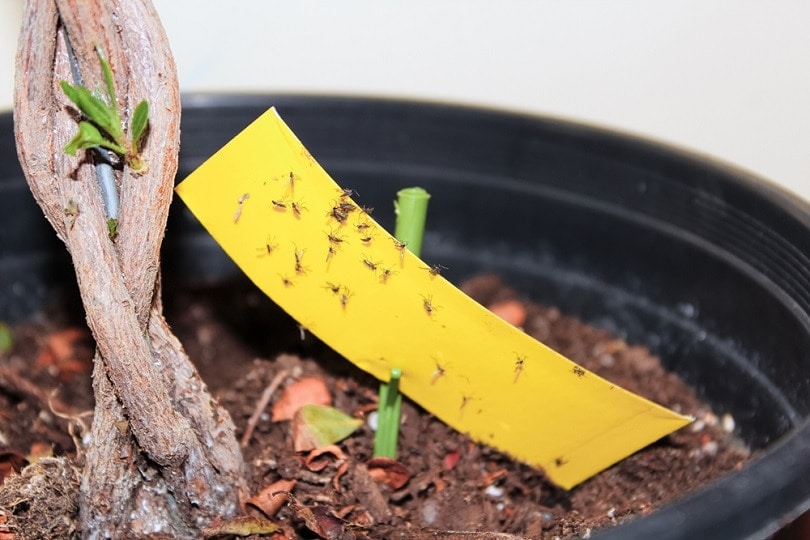
The fungus gnat is about the size of a fruit fly. They are attracted to the damp soil in houseplants, using this as an opportunistic laying spot for their hundreds of eggs.
- Wilting
- Weakness
- Poor growth
- Yellow leaves
Because fungus gnats are flying insects, you can use creative ways to drop the population. Here are a few to mention:
- Sticky fly traps
- Flying insect spray
- Fly bait
- Apple cider vinegar
4. Spider Mites
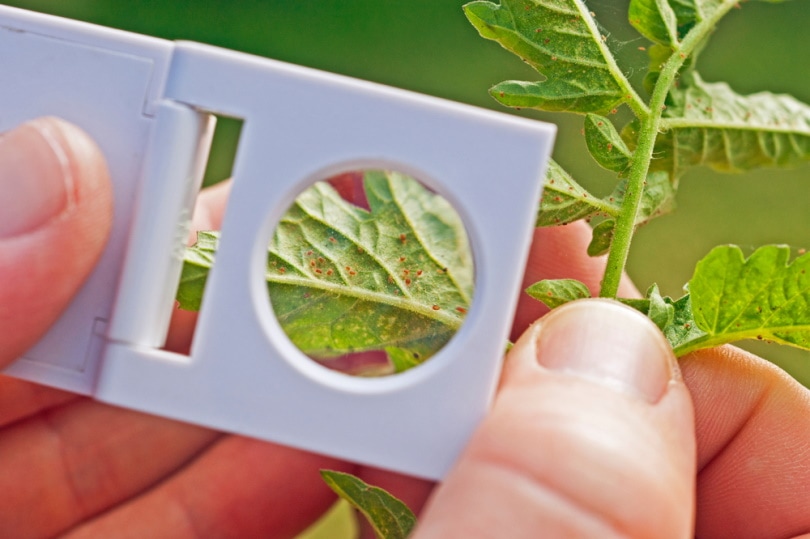
Spider mites are microscopic spiders that feed on your plant. Once you have a spider mite infestation, getting rid of them can be very challenging. They spread quickly to other plant life.
- Silky webs on leaves and stems
- White and yellow spots on leaves
Spider mites respond well to thorough rinsing or wiping. You can gently go over the plant with a very soft cloth—or you can turn lukewarm water forcefully (but not enough to damage your plant) and wash the leaves.
How to Get Rid of Bugs in Potting Soil
1. Separate All Houseplants
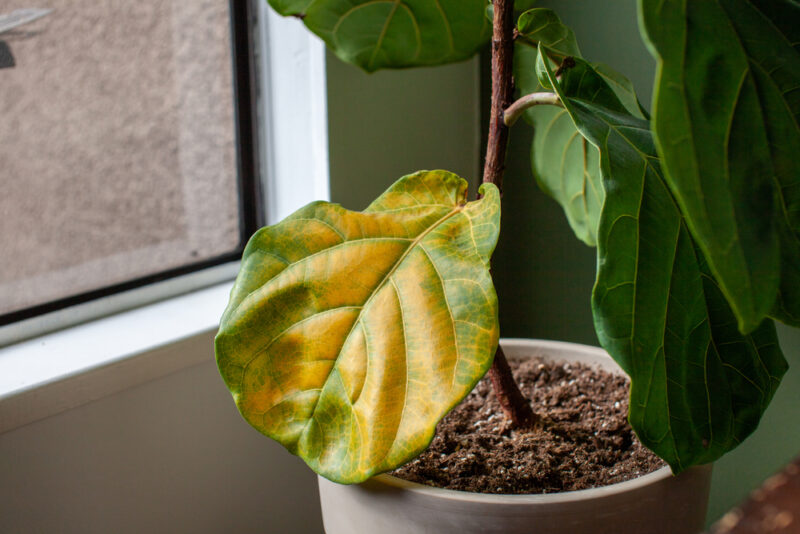
Quarantining is key. No matter how you treat the bug issue, be sure to keep affected plants apart from healthy plants. Once the infestation is resolved, you can place them back in their original spots.
Bug infestations (especially those affecting soil) can wreak havoc on your entire plant collection. So, quick intervention is key to eliminating the issue. Also, don’t be afraid to organically treat plants that show no sign of sickness if you worry that they have been exposed.
2. Commercial Pesticides for Houseplant Pests
Commercial pesticides might not be your first option, as they are harsh and can be dangerous to pets and kids. However, if the infestation is bad enough, it might be necessary to maintain the life of your current houseplants.
It would help if you bought an insecticide with permethrin or pyrethrin in it. Here are two insecticides suitable for bugs on your indoor greenery.
Reclaim IT
If you want to go the chemical route, Reclaim IT will eliminate any pests that might have infiltrated your plants. Read the label thoroughly and follow the directions exactly as listed. This chemical compound can be dangerous to people and pets if handled incorrectly.
Pyrid
Pyrid is an aerosol insecticide you can use on pest invasions on your potted plants. It’s best to use this type of insecticide in a well-ventilated area, or the good old open outdoors.
3. Organic Methods for Houseplant Pests
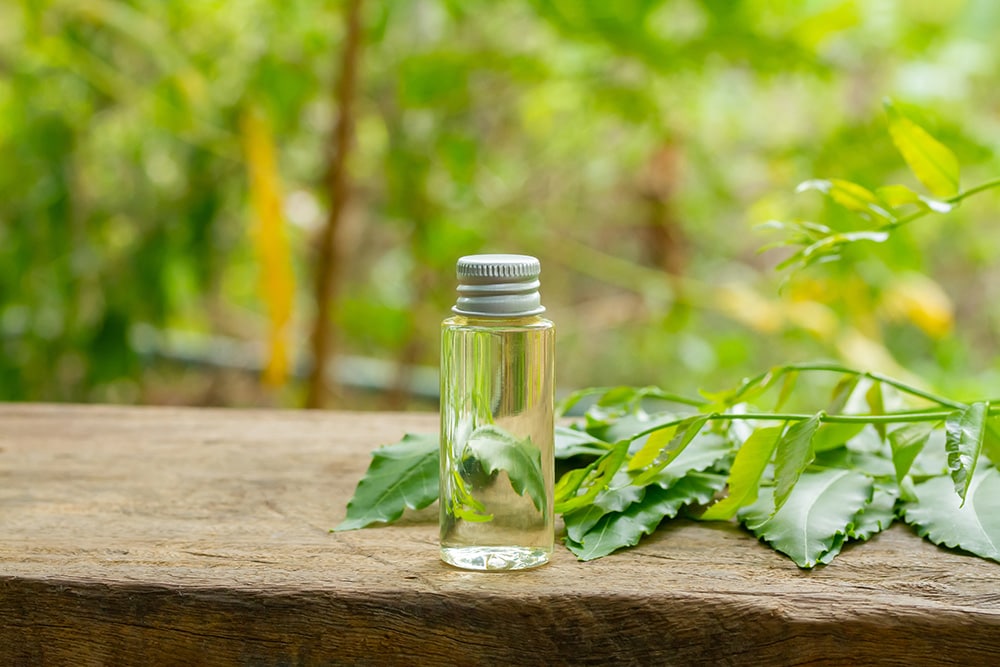
If you want to go to the organic route, this can be very effective, particularly the earlier you catch on to the problem. Depending on the type of insect that is infesting your plant, you can try the solutions mentioned above for that particular bug. You can also try one of the methods below.
Beneficial Nematodes
Nematodes can be released into the soil, which will then, in turn, eat the bugs inhabiting it. It is a great way to eradicate the problem naturally without using chemicals.
Live Microorganisms
Other live microorganisms will take care of your pest problem. However, these can be pricey, so consider how much you’re willing to invest in the solution.
Neem Oil
Neem oil creates a smooth plant, eliminating dust. It’s also incredibly effective at preventing a houseplant bug invasion from starting— it’s totally safe to use indoors. Creating your own neem oil concoction at home is generally more effective than pre-mixed options.
Prevention of Pests in Soil
To prevent infestations, it’s best to inspect your plants frequently to monitor changes in soil, growth, and appearance. You can usually get ahead by paying close attention to early warning signs.
Almost all the pests that infect houseplants do so because of moist soil. It’s a prime environment to lay eggs in and reproduce—the optimal goal. And your plants just so happen to provide an excellent food source, too.
Bugs can also find your plant and not yet be deeply infested in the soil. If you suspect bugs, here are a few ideas to help the process come to a halt. Keep in mind that not all of these will work by themselves, but use them as a combined measure.
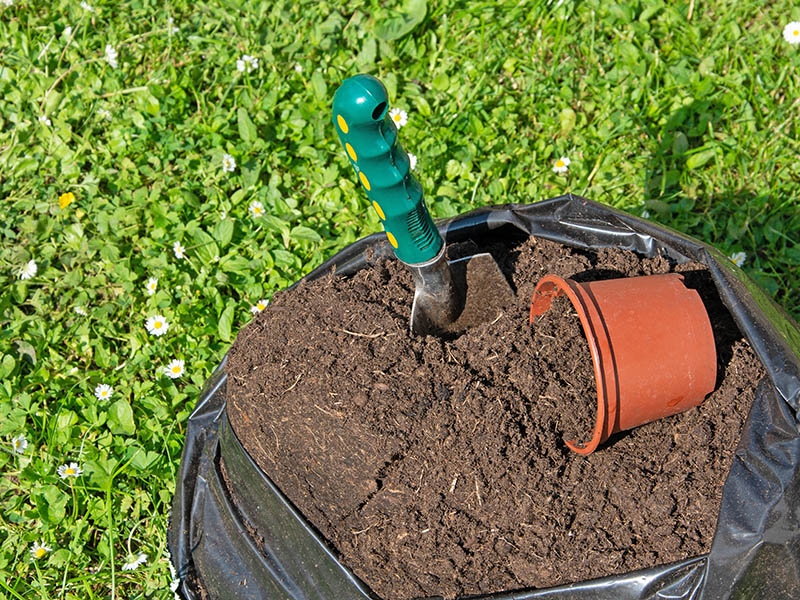
Let Soil Dry Out
Note: This does not work for plants that require moist environments. If your plant needs moist soil to thrive, you will not be able to let the soil dry out completely, as it can cause the plant to suffer overall.
However, if you have somewhat drought-tolerant plants, go through cycles of letting your plant completely dry out before watering. By roughly the third cycle, you can nearly diminish the population of bugs on the soil surface significantly.
Rinse the Leaves
You can also “wash” your plant in combination with drying out soil. Simply take the plant by the base stalk, tip it over, and gently pour a fast stream of room temperature water on the entire plant.
Be careful not to use high-pressure water, as it can damage or break your plants.
Repot the Plants
We like to exhaust options before repotting a plant. If it is not time to repot your plant yet, it can cause stress to the plant itself. Try to be very gentle during the repotting process, as plants are very sensitive during this transition.
Conclusion
Getting rid of bugs in your houseplant soil can be challenging. A single method alone does not eradicate the problem completely, so you’ll want to monitor your plans the entire time to ensure your methods are effective.
Sometimes, if an infestation is too severe, it might be an unfortunate time to toss out your beloved houseplant and start fresh.
Featured Image Credit: Tomasz Klejdysz, Shutterstock
Contents

